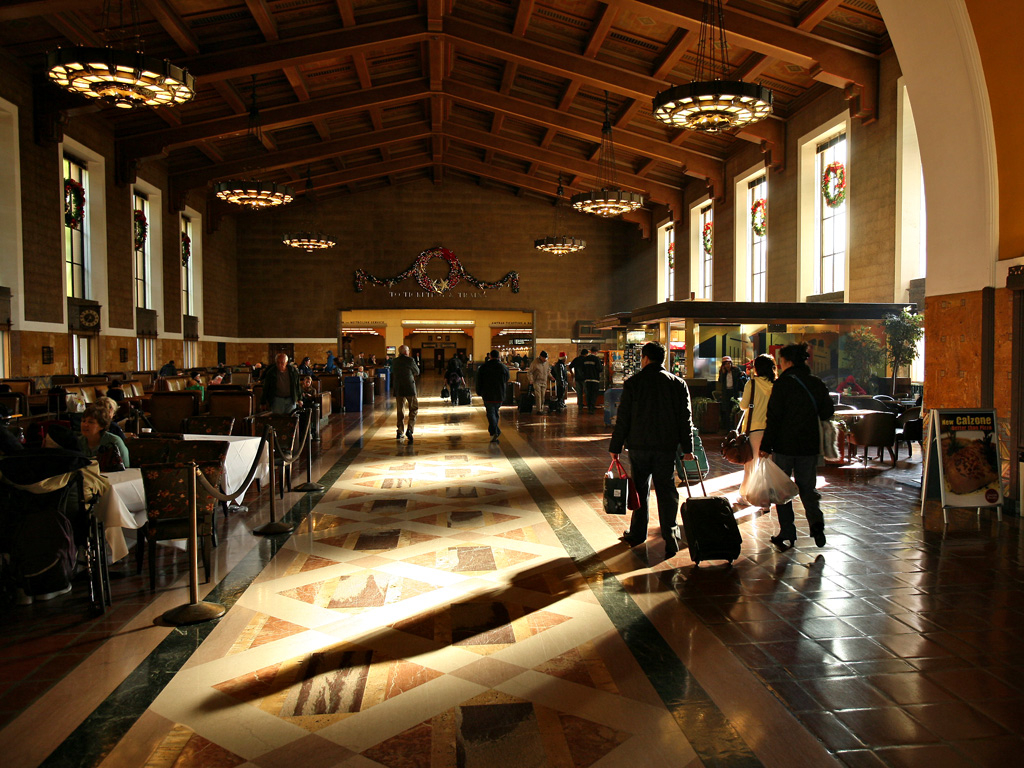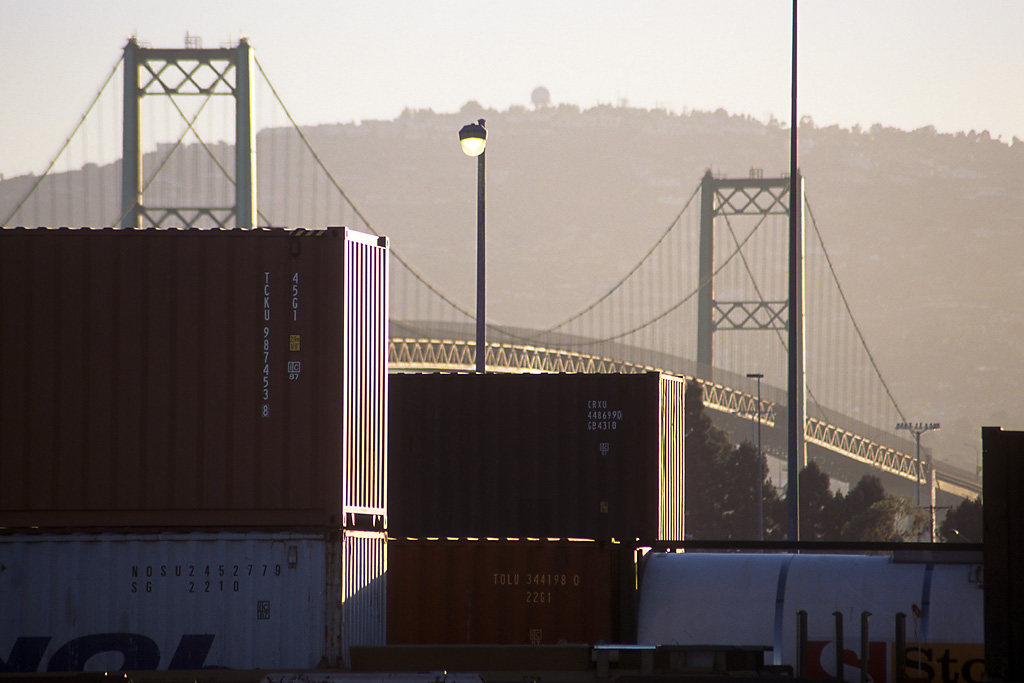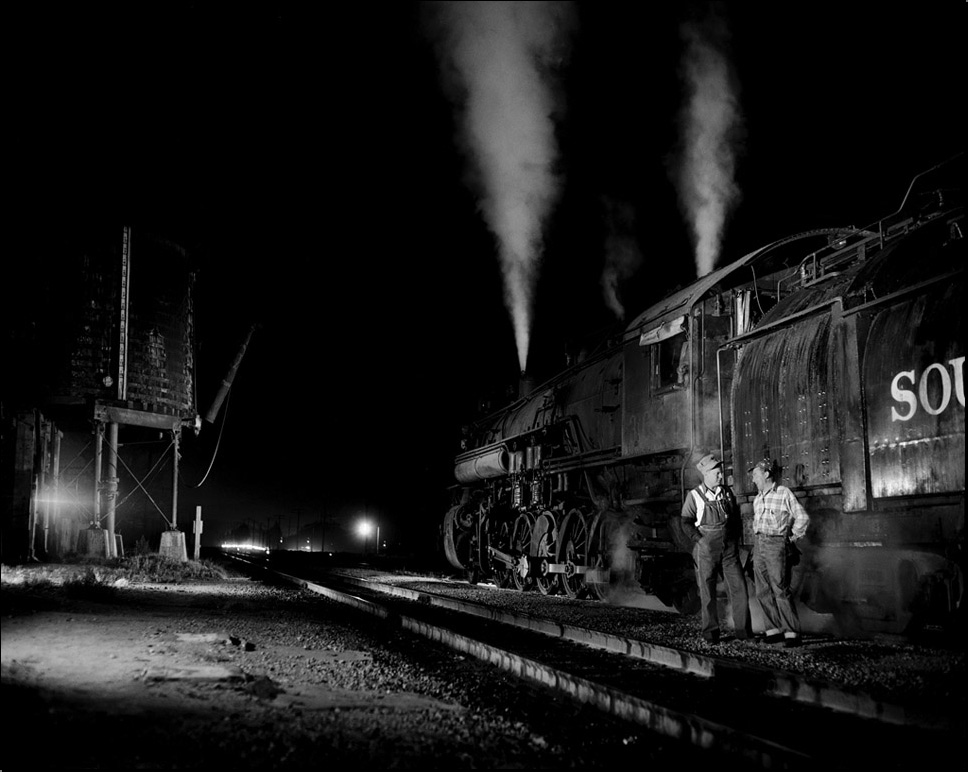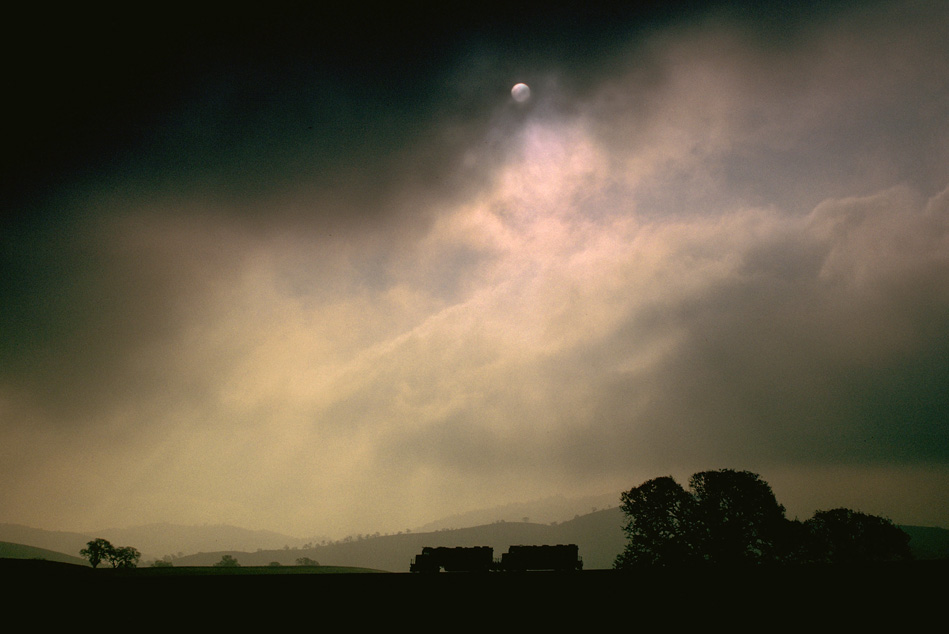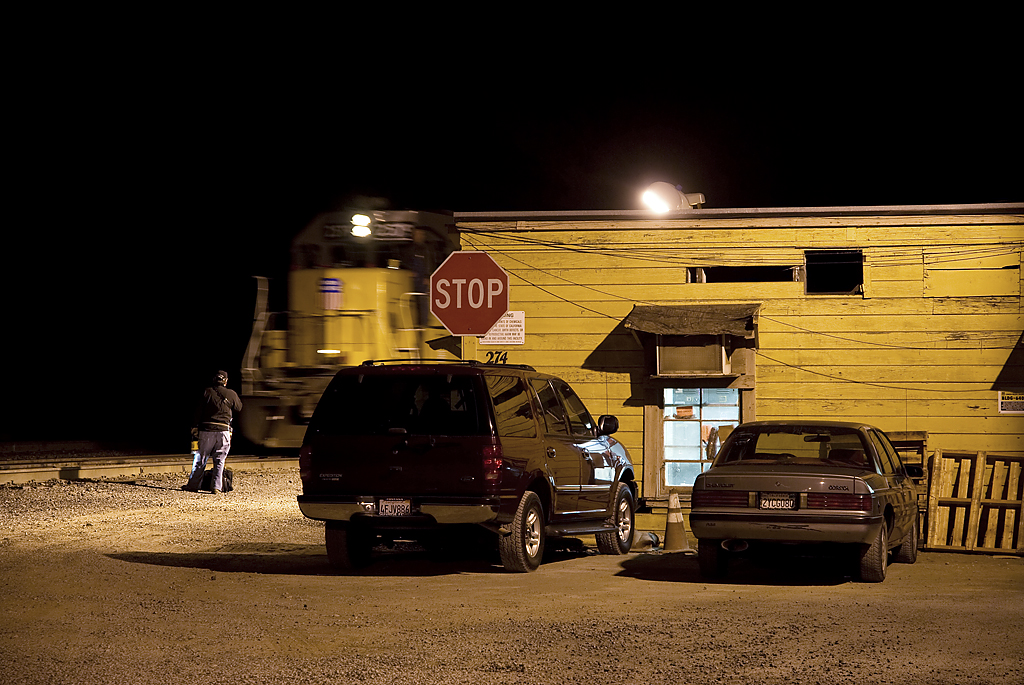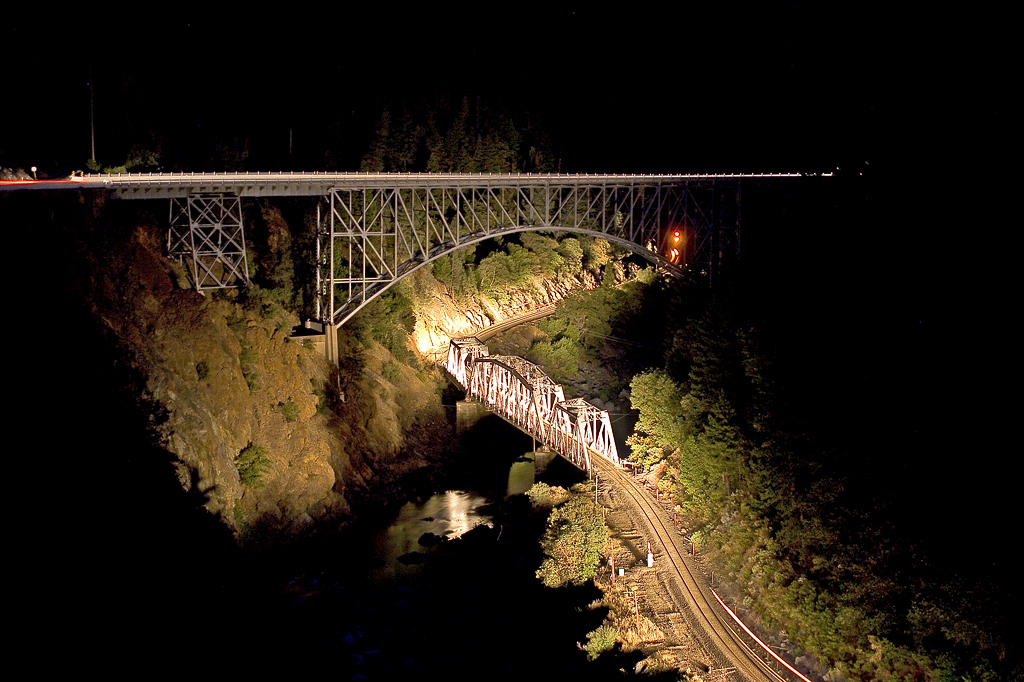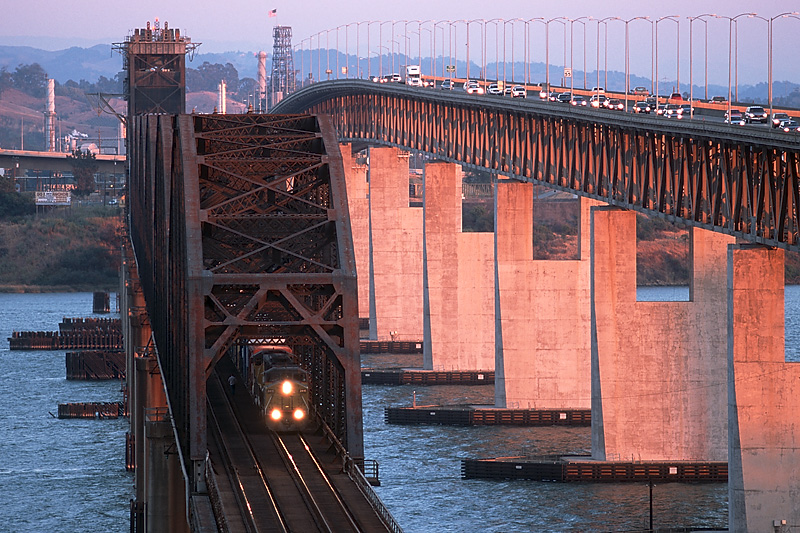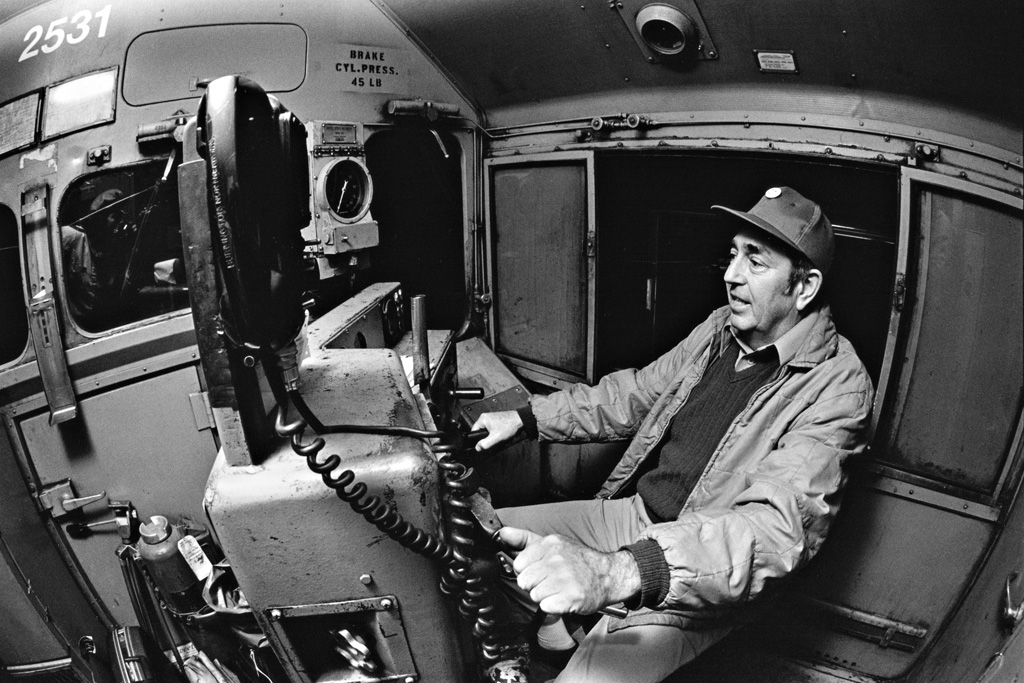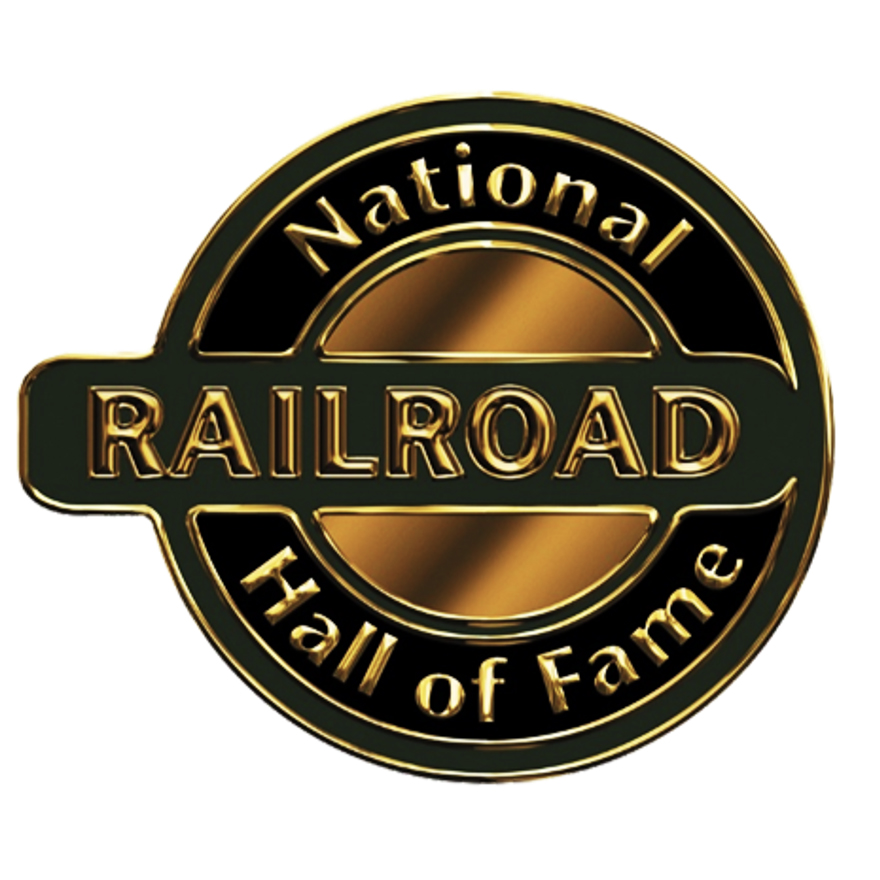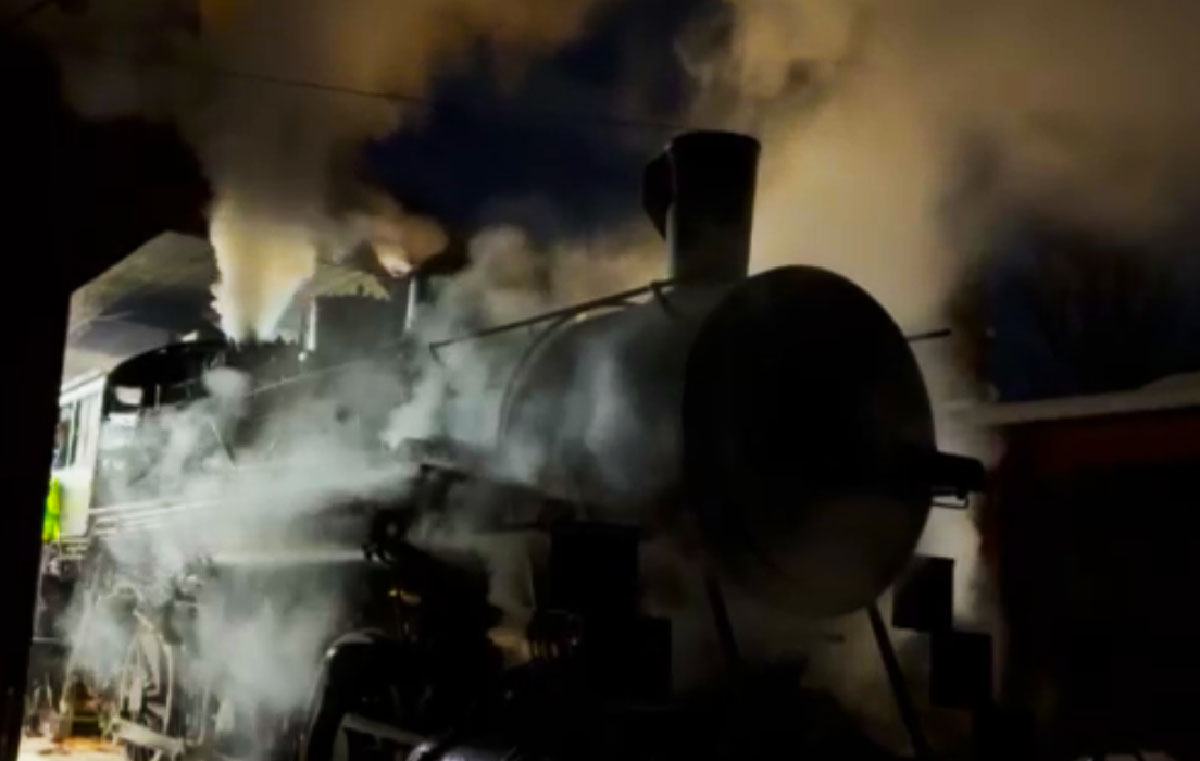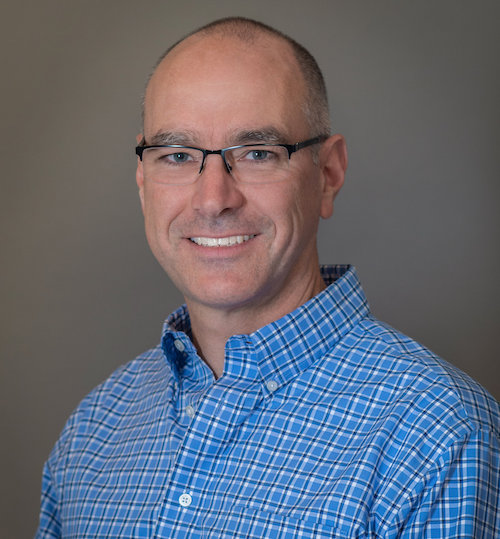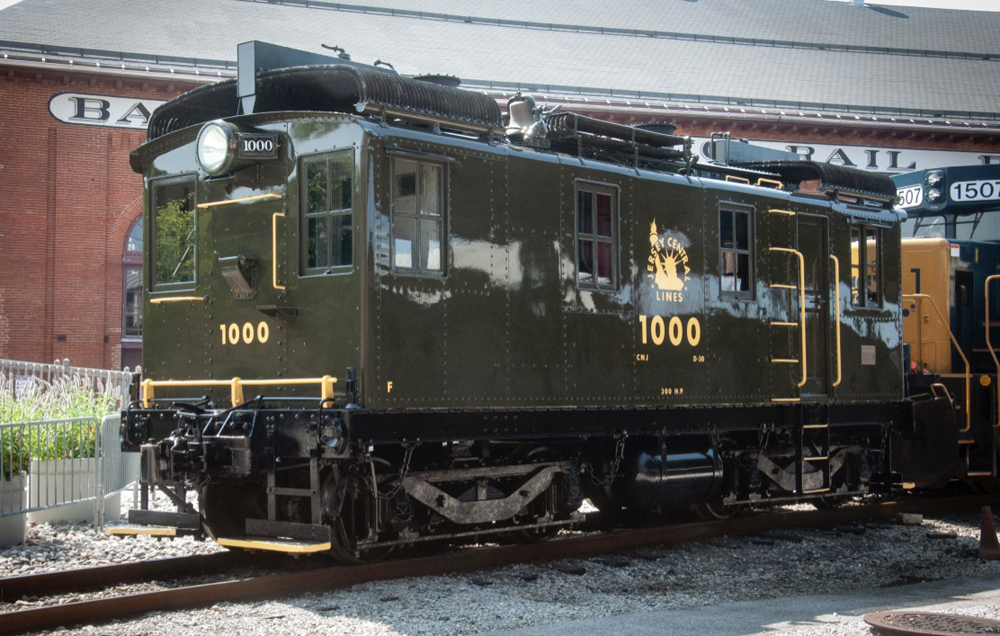Its native sons and daughters comprise a disproportionate number of the nation’s great railroad photographers. Richard Steinheimer is quite possibly the greatest, but he was preceded by a few and developed alongside talented contemporaries like Stan Kistler and Don Sims. Countless others have succeeded them, from Baby Boomers who grew up in their shadows to Gen Xers and Yers who barely know their work. Why have so many great railroad photographs and great railroad photographers come out of California?
The evidence of why California is so important to railroad photography is compelling. California is home to the nation’s most popular railroad museum, California State Railroad Museum, and the biggest railroad photography event, Winterail. There are over 20,000 photos from California on Railpictures.net, behind only Illinois and Pennsylvania. Sharing photos in person or online builds “a community of people who are willing to help up-and-coming photographers develop their skills to a higher degree by talking about their photos at slideshows and informal gatherings,” Ryan Dadgari, an emerging railroad photographer in Northern California, says.
In last year’s special publication of Trains’ 100 Greatest Railroad Photos, nine came from California, second only to the 11 from Illinois, which benefits from the sheer density of Chicago-area railroading, the nation’s rail hub. Four issues into Trains’ 2010 publication year, every single one include photos from California.
The state has myriad advantages compared to other states, regardless of the photographic subject. It is the most populous in the nation, third-largest in land area, and highly diverse, from people and culture to geography and climate. California has a long history of valuing creativity and the arts: movies, music (for the movies), writing, the fine arts (especially in the San Francisco area), and a host of crafts, as well as organizations such as landscape photography’s famed Group f/64.
On the railroad side, California offers both impressive quantities and great diversity. Destination of the first transcontinental railroad, the state is now home to the busiest ocean port on the continent and all of the stack trains that come with it, and its population supports some of the heaviest commuter rail operations outside the Northeast Corridor. California’s spectacular rail lines are nearly as numerous as its great railroad photographers: Tehachapi, Cajon, Donner, the Feather River Canyon, the Shasta Route, the Coast Line, the Surf Line … to say nothing of branch lines and short lines. “Seems like there is a wonderful line to shoot nearly everywhere around the state,” Tom Taylor, California railroad photographer, says.
“You can be photographing one of the best snow removal operations in the world on Donner Pass and within three hours, depending on traffic, you can be taking photographs of commuter trains running in and out of the San Francisco Bay Area around settings like San Pablo Bay or heavy industrial settings near Oakland,” Alex Ramos, another California railroad photographer, says.
California’s creatively inclined population takes full advantage of these settings, plus the opportunities provided by the abundance of ports, yards, offices, stations, and local traffic. The state possesses many nodes of intersection between the private world of railroading and the public world of daily life. These personal relationships give a more human face to the business of railroading, and those personal interactions foster photography.
In no instance was this truer than for Richard Steinheimer, who sought fatherly figures among the “rails” he befriended. Photographers Taylor and Ted Benson also found warm receptions from many crews, especially Western Pacific engineer Jim Boynton. Even in the more cautious, post-9/11 world, young photographers continue to find sympathetic railroaders at some of the state’s more out-of-the-way terminals.
Benson, a Steinheimer disciple and himself the only photographer ever to warrant an entire issue of Trains devoted solely to his work, explains some of the history behind California’s great railroad photography. “The first organized railfan activity in the far West began in California in May 1937 with an excursion over the Nevada County Narrow Gauge in the Sierras east of Sacramento, followed by a trip on the Sierra Railway in August 1937.”
Benson also relates the importance of railfan clubs as gathering points for the state’s railroad photographers, beginning with the founding of the Pacific Coast Chapter of the Railway & Locomotive Historical Society in the late 1930s. Besides providing a social outlet and a means for railroad enthusiasts to meet long before the Information Age facilitated other means of connecting up, the chapter was instrumental in helping launch the California State Railroad Museum. Some of the state’s best-known early railroad photographers contributed, including Gerald Best, David Joslyn, and Guy Dunscomb. Their efforts provided a foundation for those who followed, including Benson and Taylor, who, as teenagers in the late 1960s, consulted Dunscomb.
Steinheimer continued this mentoring. Steinheimer “has had a profound influence on two generations of railroad photographers in the United States,” Jeff Brouws wrote in A Passion for Trains: The Railroad Photography of Richard Steinheimer. “While Steinheimer certainly had nationwide exposure in Trains, his personal relationship with other photographers had to be much more influential. I’m told he closely influenced such photographers as Benson, [Dick] Dorn, [Vic] Neves, and [J.D.] Schmid, who in turn influenced many who followed,” Mike Johannessen, a young railroad photographer in California, says.
Other prominent “second generation” California railroad photographers include several from the Los Angeles area like David Styffe, Paul Schneider, and Steve Crise. Steinheimer’s wife, Shirley Burman, is herself a talented railroad photographer who has also contributed significantly to the history of women in railroading, where California has played an important role. More recently, railroad photojournalists like Christian Goepel and Elrond Lawrence have studied the cultural landscapes surrounding the state’s railroads. The future also looks bright; in addition to Ramos and Johannessen, Dick Dorn’s son Kevin joins the state’s talented, energetic group of young railroad photographers, which also includes Joe Minor, Adam Pizante, Justin Tognetti, and many others who frequently head trackside, share their work through online forums, and help each other advance their photography.
These community-building efforts are major elements of the annual Winterail slideshow and swapmeet in Stockton, which Neves coordinates. The event regularly draws around 1,000 attendees. Many smaller groups meet regularly at almost every major population center in the state, and multiple generations use today’s full scope of digital tools to meet, communicate, and learn from one another.
Between Winterail and the “informal gatherings” is the Center for Railroad Photography & Art’s annual “Conversations about Photography” conference. While the conference takes place near Chicago, not in California, this year it will include presentations from three of the California photographers mentioned: Ted Benson, Tom Taylor, and Alex Ramos, as well as three former Californians, author Linda Niemann and photographers Jeff Brouws and Joel Jensen.
Like many of the efforts that have encouraged so much great railroad photography in California, the conference is a community-building and educational event. Whether you are interested specifically in California or generally in great railroad photography, “Conversations” provides a unique forum for discussing the craft, learning about new trends and ideas, and meeting others with similar interests. I hope to see you there!
Trains contributor SCOTT LOTHES is a writer and photographer in Corvallis, Ore. He is project director for the Center for Railroad Photography and Art.





